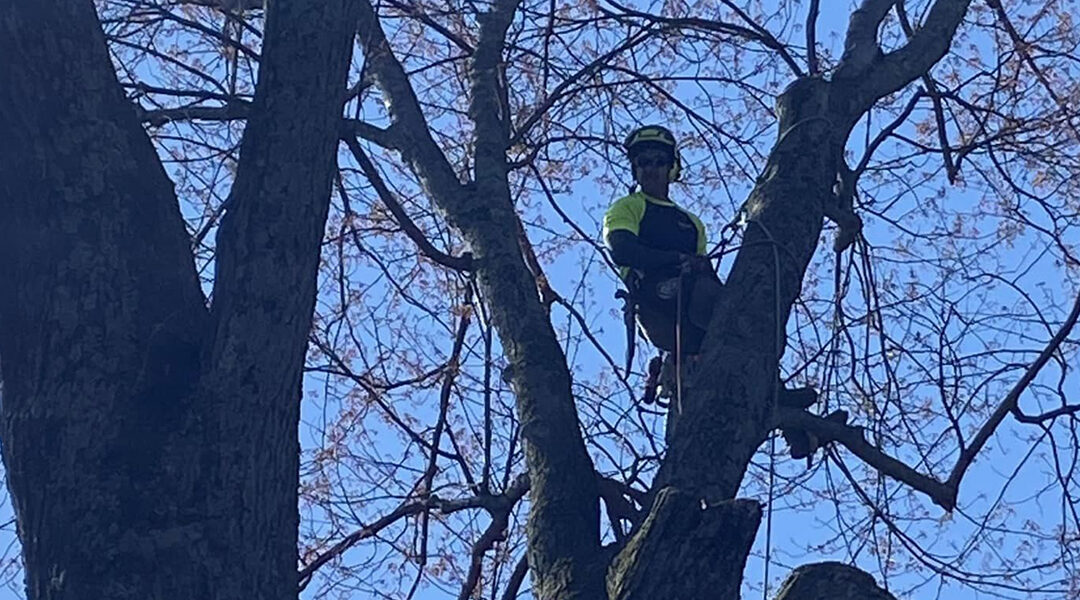Professional arborists use pruning to help a tree grow healthier by removing dead or diseased branches that would otherwise divert precious resources away from the rest of the tree. This time-tested method has been used for millennia, and it can work wonders for your landscape as well.
In addition to its tree health benefits, pruning has the added benefit of making specimens look more balanced and beautiful. Before you call for tree pruning services in Louisville, KY, learn about the six main types of pruning. Then, let an arborist evaluate the trees you’d like pruned to help determine which one is right for you.
When To Prune Your Trees
Generally, the best time to prune trees is during their dormant season, from late winter to early spring. And while there are, of course, pruning and trimming costs to consider when getting your trees serviced, maintaining the health of your property is worth it.
Six Types of Tree Pruning
Your contractor may use any of the following methods to prune your trees.
#1. Crown Thinning
This method removes branches within the tree’s crown. It allows light and wind through the plant more easily, helping the tree grow.
Fewer branches and more airflow mean fewer chances for wind to break one off. Even so, the tree’s general size and shape shouldn’t change.
#2. Crown Raising
Crown raising removes lower branches so you and others don’t have to crouch to avoid them. Arborists generally don’t remove branches connected directly to the trunk, since doing so could leave large open wounds behind. As with crown thinning, the tree’s size shouldn’t change much, though the shape does.
#3. Crown Reduction
Crown reductions involve small cuts to decrease the size of a tree’s canopy. Of the seven types of tree pruning, this one works best as a preventative measure. For example, crown reductions can shorten branches that reach across property lines or are too close to the roof or electrical lines.
Professionals must balance removal with maintenance and will often measure the tree and its surroundings to decide how much they can safely cut off.
#4. Directional Pruning
Also called formative pruning, this technique starts by shaping saplings and young trees to plan their growth patterns and structure. Arborists balance the main branches so the tree doesn’t lean and can support itself once it is older. The pruning also reduces the growth of wasteful branches and prevents overcrowding.
#5. Deadwooding
All types of tree pruning remove dead or diseased tree branches, which makes it different from trimming. Deadwooding amplifies this process.
The large branches one would normally avoid in crown reductions or raisings are fair game here if they’re deemed to be actively harming the tree. Arborists must use precise pruning cuts and calculate how much they can remove without causing too much trauma to the tree.
#6. Pollarding
Pollarding involves removing the upper branches of a young tree. The loss of those branches helps the tree strengthen itself as it heals but also keeps the tree smaller so that it doesn’t grow out of control. This has both aesthetic and practical applications.
Certain trees, like willows and poplars, can produce large amounts of wood in cycles if the contractor pollards the trees properly.
Prune Properly With New Leaf Tree Service
Now that you know various types of tree pruning, you can go into your tree care project with confidence. For more on this fascinating topic, check out our tree trimming vs. pruning guide to help you better care for your property. Call New Leaf Tree Service at (502) 419-9899 for a hassle-free quote today.

